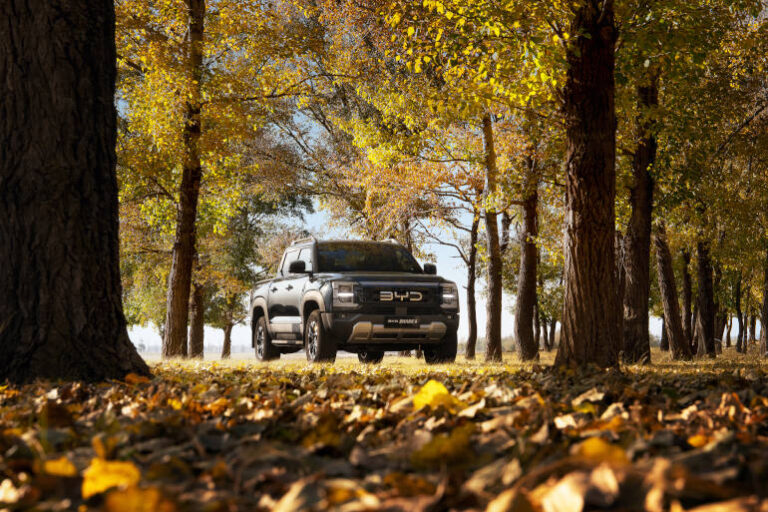The headlines were hard to miss this month: BYD claims it can fully charge an EV in just five minutes. While the practicality of this advancement remains to be seen, the news alone was enough to push BYD’s global share price higher and rekindle debates around electric vehicle (EV) leadership—often at the expense of Tesla and the increasingly unpredictable antics of Elon Musk.
But while global commentators pick sides, something more grounded is happening here in Australia: BYD is rapidly climbing the local sales charts. According to the latest VFACTS data, BYD sold 4,811 vehicles in March 2025—up 196% from the same month last year. This capped off back-to-back record-breaking months following 3,281 sales in February, bringing the brand to a 100% year-to-date increase and making BYD the seventh largest automotive brand in the country.
BYD’s Fleet Relevance Grows
BYD’s Australian momentum is being fuelled by smart product releases and favourable policy shifts. The recently launched BYD Shark, which holds the title as Australia’s first plug-in hybrid ute, has been a standout performer. It accounted for 58% of BYD’s sales in March, placing it directly into competition with traditional dual-cab leaders like the Toyota Hilux and Ford Ranger.
This surge is well timed with the Federal Government’s decision to end the Fringe Benefits Tax (FBT) exemption for plug-in hybrids from April 2025. With salary packaging and novated leasing customers moving to take advantage of the outgoing concession, the Shark has seen rapid uptake.
Alongside the Shark is the new Sealion 7—a fully electric SUV that entered the market in February and is already generating strong demand. Marketed as a luxury SUV, it’s a bold move for a brand that has long been positioned as an affordable alternative to legacy automakers and Tesla.
For fleet managers being tasked with reducing emissions and hitting sustainability targets, these new models are arriving at the perfect time.
A Low Base, But Big Growth
It’s important to recognise that BYD’s growth comes off a relatively low base. However, dismissing it as a flash in the pan would be a mistake. In just a few years, the company has gone from being unknown in the Australian market to a top-10 brand. With support from distributor EVDirect and dealer partner Eagers Automotive, BYD now has 50 retail sites across the country, and further expansion is on the cards.
According to EVDirect CEO David Smitherman, “These results do not happen by accident… our strategy into 2025 was a fast start, and we feel confident looking at these results that we’ve achieved just that.” That confidence appears well placed, with the EV Essential Range due for delivery later this year and expected to keep sales figures strong.
A Word of Caution
While the numbers are impressive and the pricing remains competitive, fleet operators need to be mindful of the basics: reliability, aftersales support, and resale value.
Buying a Tesla for a fleet has long been an optical tightrope. Until recently, Teslas were viewed as vanity purchases—good for the company image but not always practical. BYD, in contrast, has never carried that luxury stigma, which is both a strength and a challenge. It makes the cars more accessible, but raises questions about long-term dependability and value retention.
As BYD pushes into higher-end segments with vehicles like the Sealion 7, fleet managers should keep a close eye on how these models perform in real-world conditions—and how they’re supported post-sale.
Final Thoughts
BYD’s rise in Australia isn’t just another flash headline like the five-minute charge claim—it’s a trend fleet managers can’t afford to ignore. The combination of attractive new models, strong pricing, and aggressive expansion makes BYD a legitimate player in the race to decarbonise transport.
Whether it’s a Shark for light commercial use or a Dolphin for a pool vehicle, the growing range provides new options for fleets looking to lower emissions without breaking the bank. But as with any emerging brand, it pays to balance the excitement with some caution—and ensure you’ve done the homework on support, servicing, and future value.






